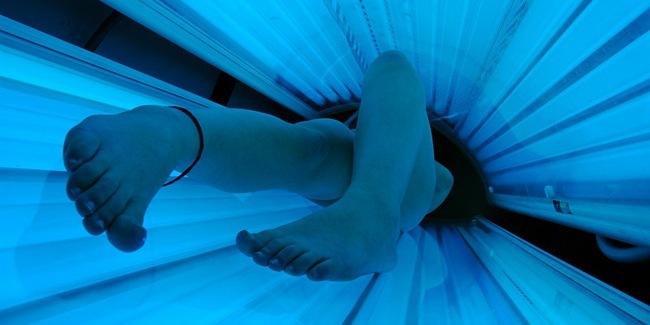A Dundee scientist involved in skin cancer research says Tayside is a “hot spot” for skin cancer, along with the south coast of England and the Scottish Borders.
While acknowledging that the high incidence of skin cancer could result from better recording of it in Dundee than elsewhere, Dr Charlotte Proby also cited factors such as the east coast’s long hours of sunshine and use of sunbeds.
Dr Proby, clinical reader in dermatology at Dundee University’s School of Medicine, said, “Fair-skinned Celts, with red or fair hair, blue eyes and freckles are much more susceptible to UV damage and there is increasing evidence that the use of sunbeds has resulted in more cases of melanoma in young women.
“Cheap package holidays to sunny destinations are also to blame.
“Melanoma is now the most common cancer in 15 to 24-year-olds in Scotland and the most common cause of a cancer-related death in young women in their 20s and still melanoma cases are continuing to rise year on year.
“There is new data from Iceland, where tanning salons have become very popular with young women since being introduced to almost every high street in the 1990s.
“From 1995, Iceland has seen a steep increase in melanomas arising on the backs of young women, whereas before tanning salons were introduced, the melanomas in women would occur on the lower leg and melanomas on the trunk were mostly seen in men.
“This is strong evidence that there is a link between skin cancer and sunbed use.”
For three years Dr Proby has used her £165,752 grant from the Association for International Cancer Research (AICR) to investigate more aggressive forms of skin cancer.
She is confident that what her team has discovered is important in fighting this cancer and added that it would not have been possible without the AICR.
She said, “We have established that there’s a particular gene called PTPRD that seems to be associated with the more aggressive forms of skin cancer-that is cancers that spread to other parts of the body and can kill.
“We’ve been studying this gene which may well prove to be important for identifying and treating aggressive skin cancers in the future.”
Image used under Creative Commons licence courtesy of Flickr user Evil Erin.
